TVS Young Media Racers’ Programme (YMRP) 9.0 gave us a proper experience of what it is like to ride on a racetrack. From systematic training drills to timed laps, we had an action-packed day at the Madras Motor Race Track (MMRT)
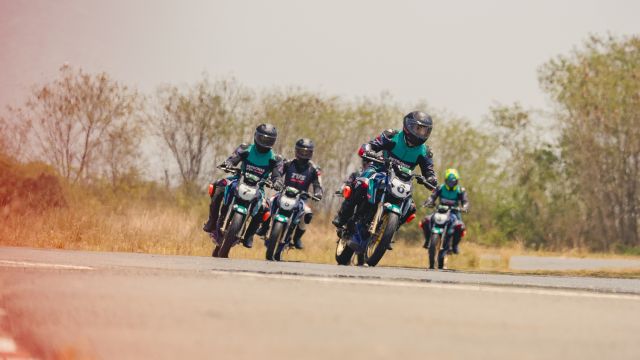
When our editor and my boss, Aspi, asked me if I’d be interested in attending TVS YMRP at the MMRT, I said that I knew nothing about riding on a track but that I’d love to learn, following which my name was submitted to TVS Racing for participation in the event. Riding on a racetrack is completely different from everyday street riding and learning how to do it properly is something that has been on my wish list for a while now. The ninth of May couldn’t come soon enough.
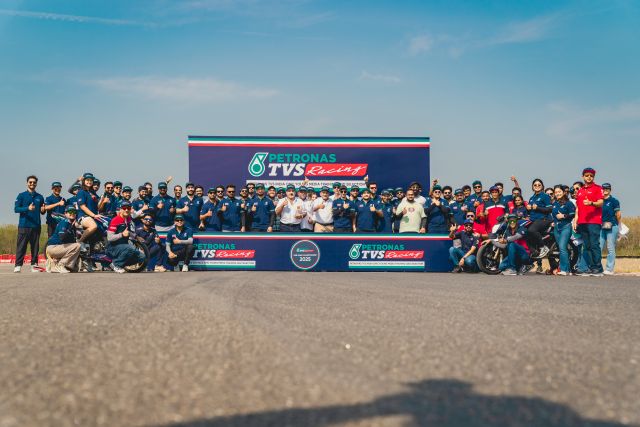
I thought we had it bad with regard to the heat in Pune, but then Chennai’s inferno gave us a reality check. It was going to be an extremely hot day. As soon as we arrived at the MMRT, we attended a briefing session about the history of TVS and TVS Racing, as well as various fundamentals of riding on a track. Following the racing line and throttle control classroom session, batch one, my batch, was told to suit up and practise what we’d learnt on the track, following a racing instructor. In addition to the standard track paraphernalia of helmet, gloves, boots, and suit, we were also given Alpinestars TechAir 5 airbag vests to wear inside our leathers. All of this plus the sweltering heat meant we were all sweating profusely before the actual riding even began.
For most part of the day, the three batches of about 14 riders each alternated between classroom sessions and practice drills on the track. We learned techniques of throttle control, racing lines, body positioning, braking, and race starts. The bikes we were riding were extensively modified race-spec TVS Apache RTR 200 4Vs. Compared to the stock bikes, these were lighter, more powerful, had track-oriented tyres and suspension, and had their instruments, ABS sensors, and lights disconnected.
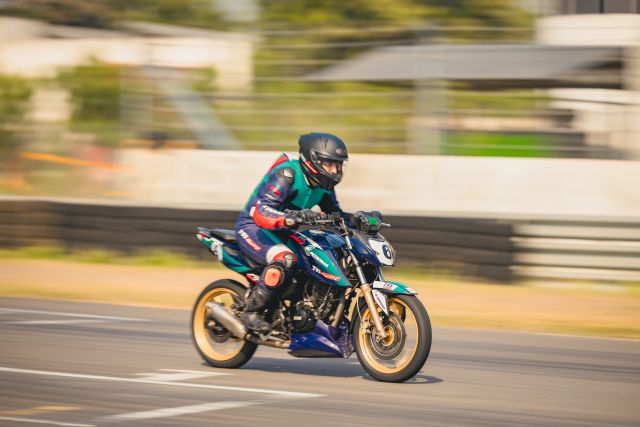
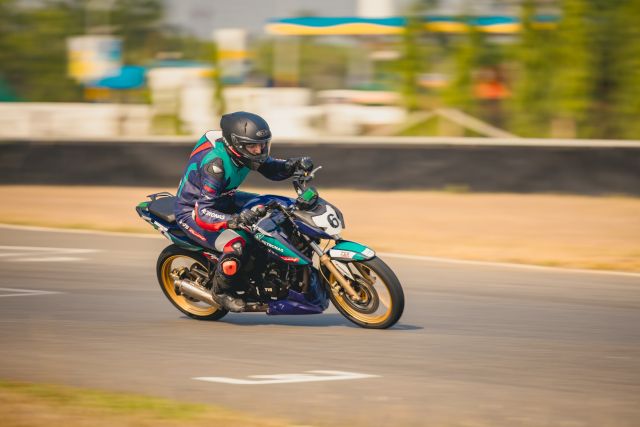
We got around three laps per drill, with a break in between for the next classroom session and some much-needed hydration. Every time I went around the track, I was able to apply the techniques a bit better; I began to trust the bike, and myself, a little bit more every time I approached the same corner. Additionally, the instructors gave valuable feedback in between sessions which I did my best to incorporate into my riding.

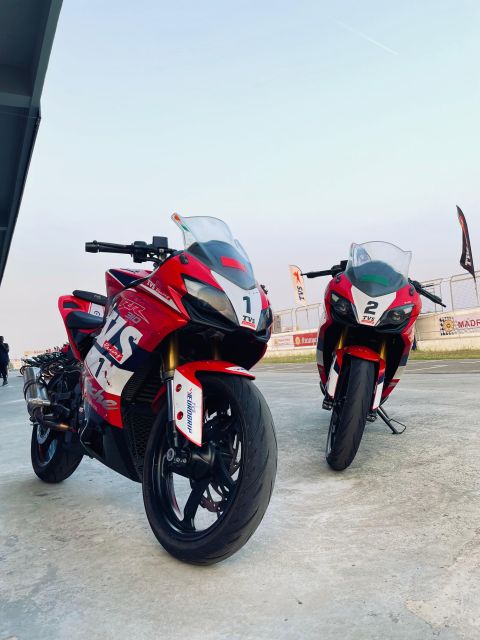
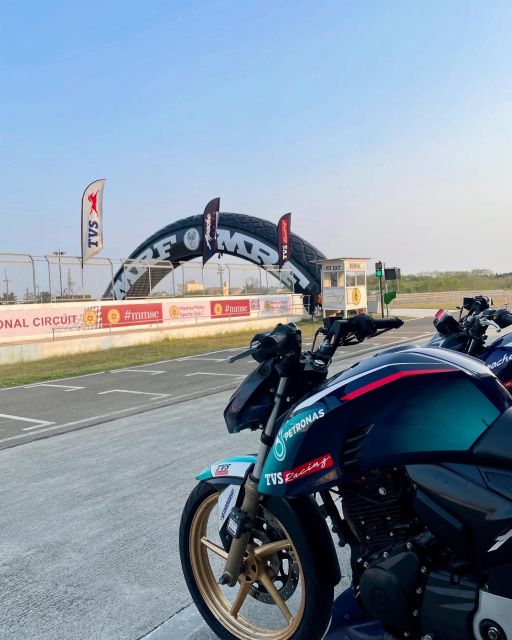

After the race start and braking drill, each batch was given 15 minutes of track-time where each rider left the pits at a pre-decided interval to the person in front. This was our practice-plus-qualifying session where we got open track time and would set timed laps via a sensor connected to each bike. Fifteen minutes resulted into around four laps, where I saw my technique and speed improving over each succeeding lap. My best time was 2:44:810. I was happy with this result. I don’t think I could have done
better under the circumstances. This put me at 23rd position out of 42 participants, which meant I was out of the top 16 spots required to qualify for the next round, but regardless, I was immensely satisfied with everything I had learnt and will surely do better the next time I get an opportunity to hit the track.
As an overall experience, riding on a racetrack felt like one of the purest forms of motorcycling, with no distractions and all the focus on how well I was riding. I fully understand the appeal and I’m all agog to do it again.
Also read: Brixton Cromwell 1200 Review


Leave a Reply